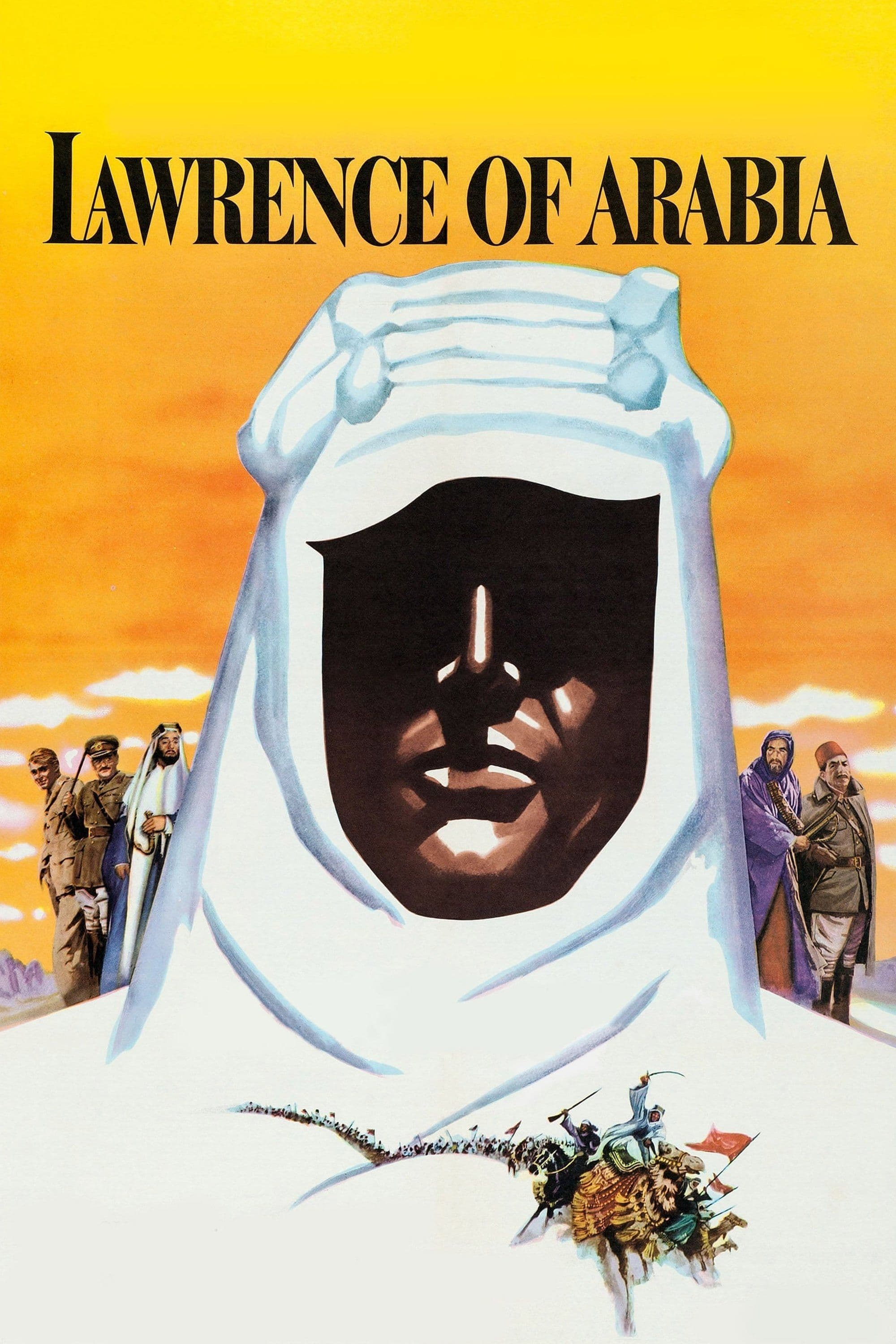
Lawrence of Arabia
1962
Rate this movie
Average: 5.00 / 5
(1 votes)
Director
Lean's cinema undoubtedly has a great merit: that of succeeding in achieving widespread success with both audiences and critics. A rare alchemy that few filmmakers have mastered with such skill, elevating the grandeur of spectacle to a vehicle for profound psychological and moral inquiry. It is not simply about staging epoch-making events, but about making their echo resonate in the human soul, as already demonstrated in seminal works such as The Bridge on the River Kwai or Doctor Zhivago.
In this monumental work of over three and a half hours, a visual and narrative fresco of rare power, Lean succeeds in defining a true grammar of images. It is an iconographic repository that includes exotic landscapes transformed into silent and imposing characters, disquieting adventurers driven by ideals and obscure impulses, scenes of war and folklore that are imprinted on the retina, dazzling sands that become a mirror of the soul, and palm trees swayed by the wind that narrate the fragility of human existence. Lean's direction, aided by Freddie Young's sublime cinematography in Super Panavision 70mm, does not merely portray the desert but renders it a living entity, a primordial theatre where man confronts infinity and his own ephemeral greatness. Every shot is a painting, a kaleidoscope of ocher and blue tones that visually translates the epic and solitude.
His great ability is to forge a universal language, immediately accessible to any viewer, while simultaneously achieving the highest cinematographic level, an aesthetic canon of undisputed value that has influenced generations of directors, from George Lucas to Steven Spielberg. The film is not merely a chronicle but an archetypal exploration of the hero's myth, the construction of identity, and the corruption of power, themes that transcend historical context to touch universal chords.
Here, it also holds the undeniable merit of discovering, and making the world discover with deflagrating clamor, the magnetic fury and hidden vulnerability in Peter O’Toole's blue eyes, an actor previously little known, plucked from television. O'Toole perfectly embodies, with his undeniable acting charisma, one of the last great British heroes in a foreign land, an enigma in flesh and blood who moves between megalomania and masochism, mysticism and cruelty. His performance is not a mere interpretation, but a possession: Lawrence becomes a chameleon, a prophet, a guerrilla fighter, a poet, and a politician, whose adoption of Arab attire symbolizes not only a military strategy but a profound identity crisis, an attempt to transcend his colonial self to embrace a messianic destiny. O’Toole manages to convey the complexity of a controversial historical figure, balancing public charisma with inner turmoil, the thirst for glory with sexual ambivalence and growing disillusionment.
Thomas Edward Lawrence is a young British officer stationed in Cairo in 1916 with the precise order to investigate tensions between Arabs and the occupying Turks. What begins as a reconnaissance mission soon transforms into a personal and political odyssey. In short, he will become the leader of the rebellion against the Turkish oppressor, a legendary figure revered by every Arab, a commander who, riding among the dunes, dreams of reuniting a fragmented people. The film does not hesitate to explore the ambivalence of the "white saviour" role, showing how fascination with the Other can merge with manipulation and self-exaltation.
But in a short time, Lawrence would become an inconvenient figure for London, a cumbersome pawn on a far more cynical geopolitical chessboard. Indeed, thanks to his victories against the Turks, he was effectively unifying the entire Arab nation under his banner, something the British wished to avoid due to their colonialist ambitions in the Arabian Peninsula and secret agreements, such as the nefarious Sykes-Picot, which already outlined the post-war partition of the Middle East. His vision of a free and united Arabia clashed head-on with imperial interests, revealing the most ruthless face of Realpolitik. The film makes no concessions, unmasking the hypocrisy of an empire that exploited ideals of freedom to pursue its own economic and strategic ends.
It was thus that, despite his great military successes — the audacious and strategic capture of Aqaba being particularly spectacular — he was hastily sidelined by the army, his legend relegated to a dark corner of British history. The film concludes with the tragic irony of his death: he, who had defied death in a thousand battles and crossed insidious sands and enemy bullets unscathed, perished in a mundane motorcycle accident on English roads, an almost sarcastic epilogue for a man who had lived a life of epic proportions. It is the portrait of an idealist's fall, crushed by the machinery of power, a parable on the futility of glory when it is merely a means for the designs of others.
If it still makes sense to speak of epic for the Seventh Art, then this film profoundly embodies its deepest meaning. Lawrence of Arabia is not merely a historical or adventure film; it is a visual and narrative symphony, an inquiry into the human psyche when confronted with immense scenarios, a timeless work that continues to question us about the price of power, the fluidity of identity, and the complexity of the colonial legacy. It is a cinematic monument that still shines today with the same dazzling light of the sun on the desert.
Country
Gallery
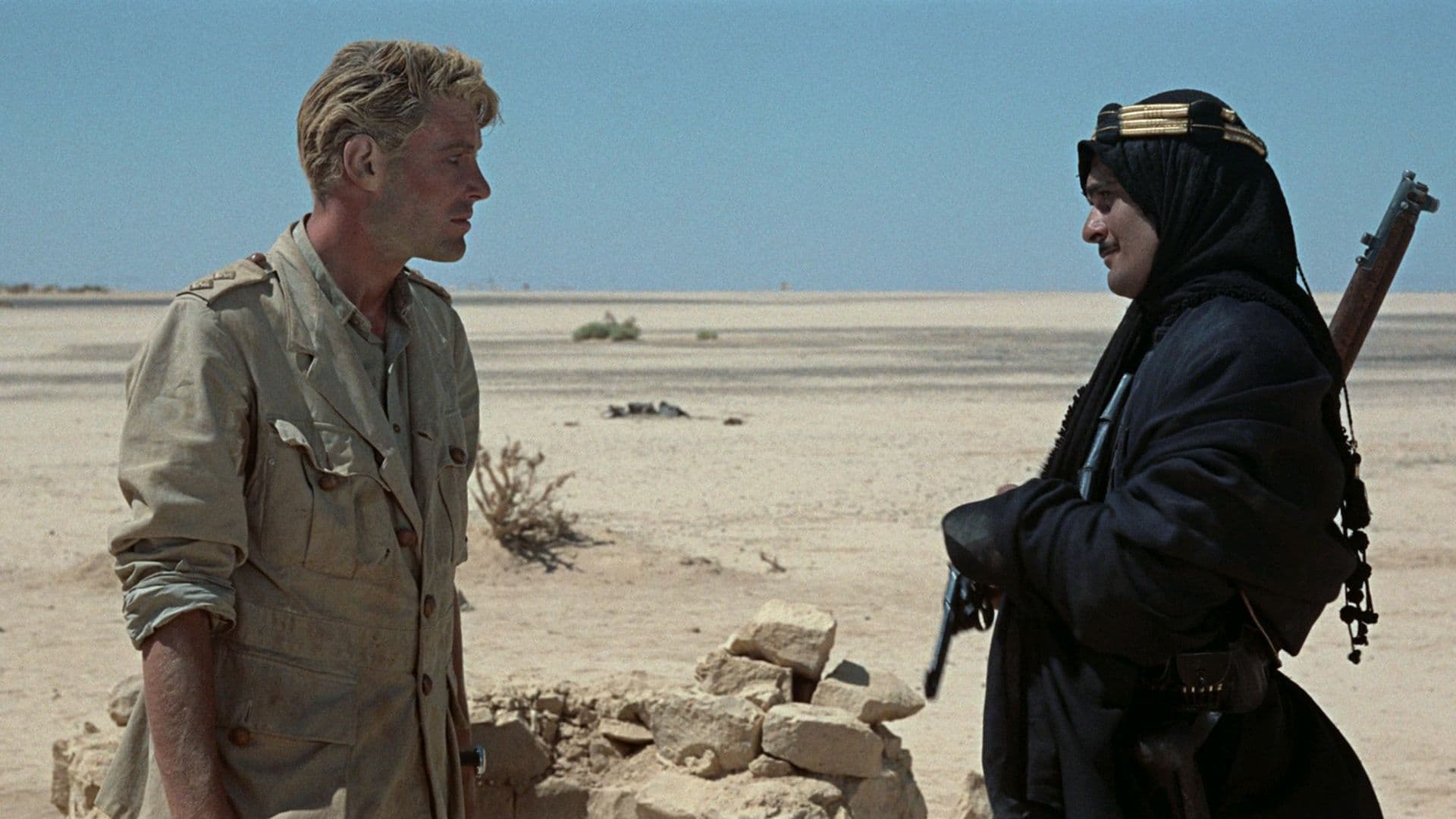
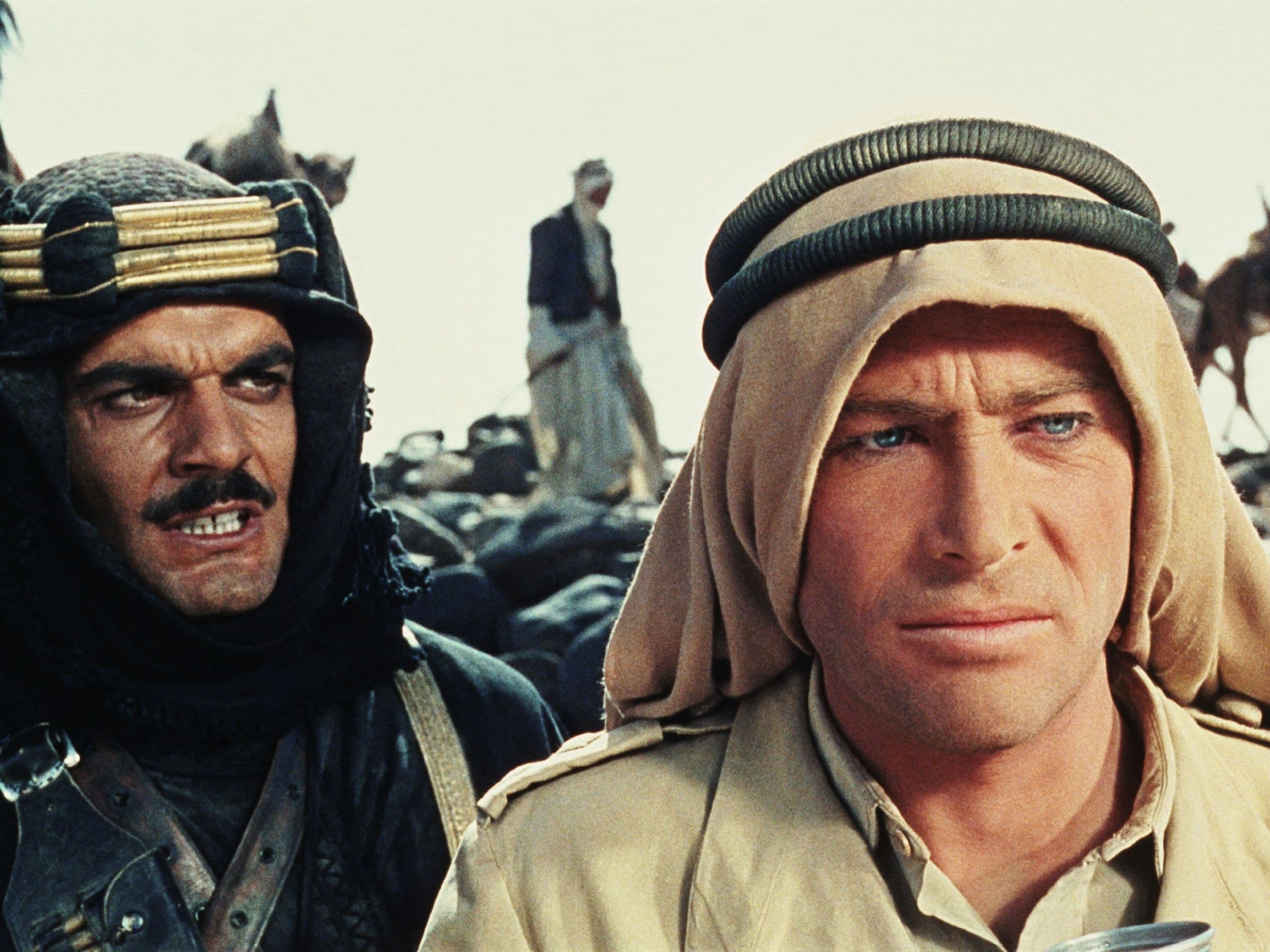

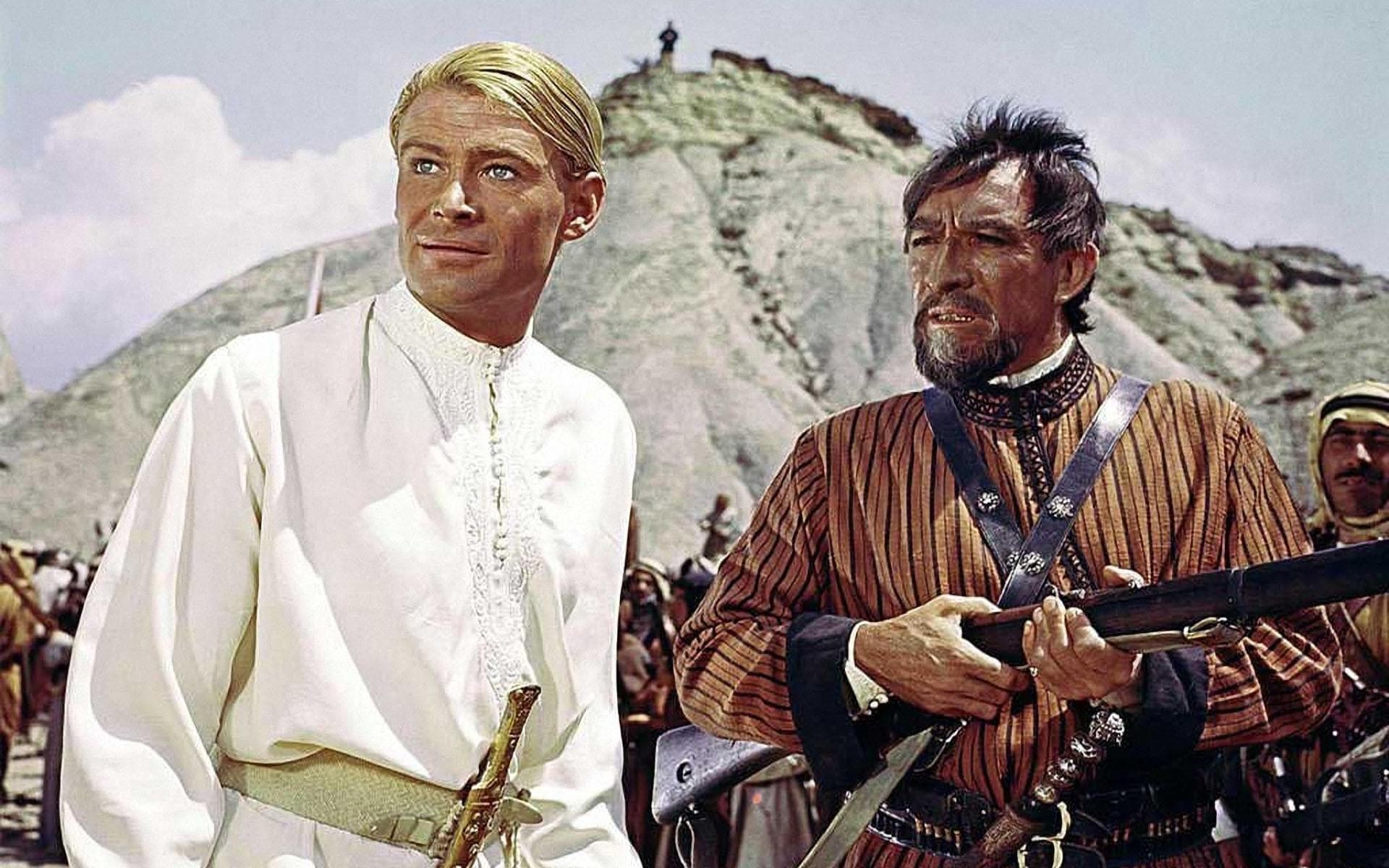
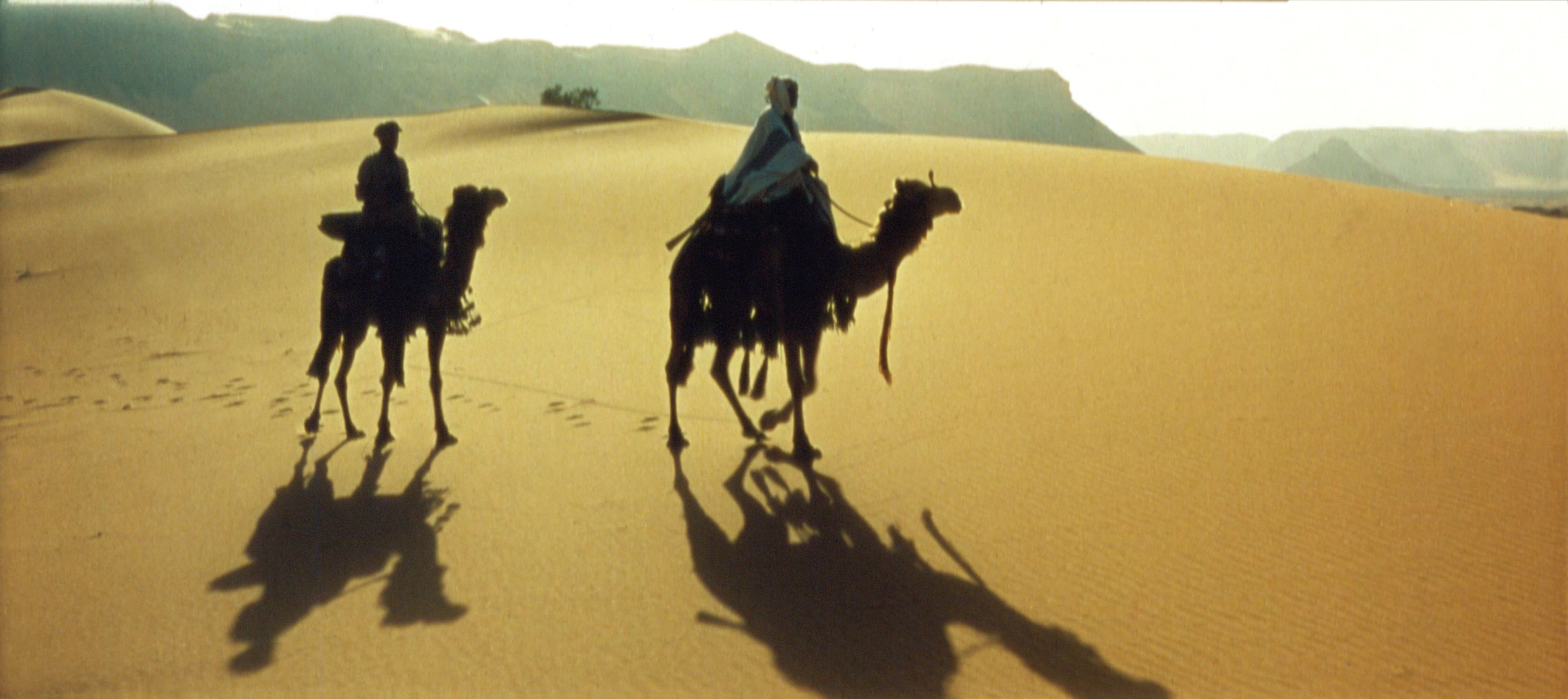
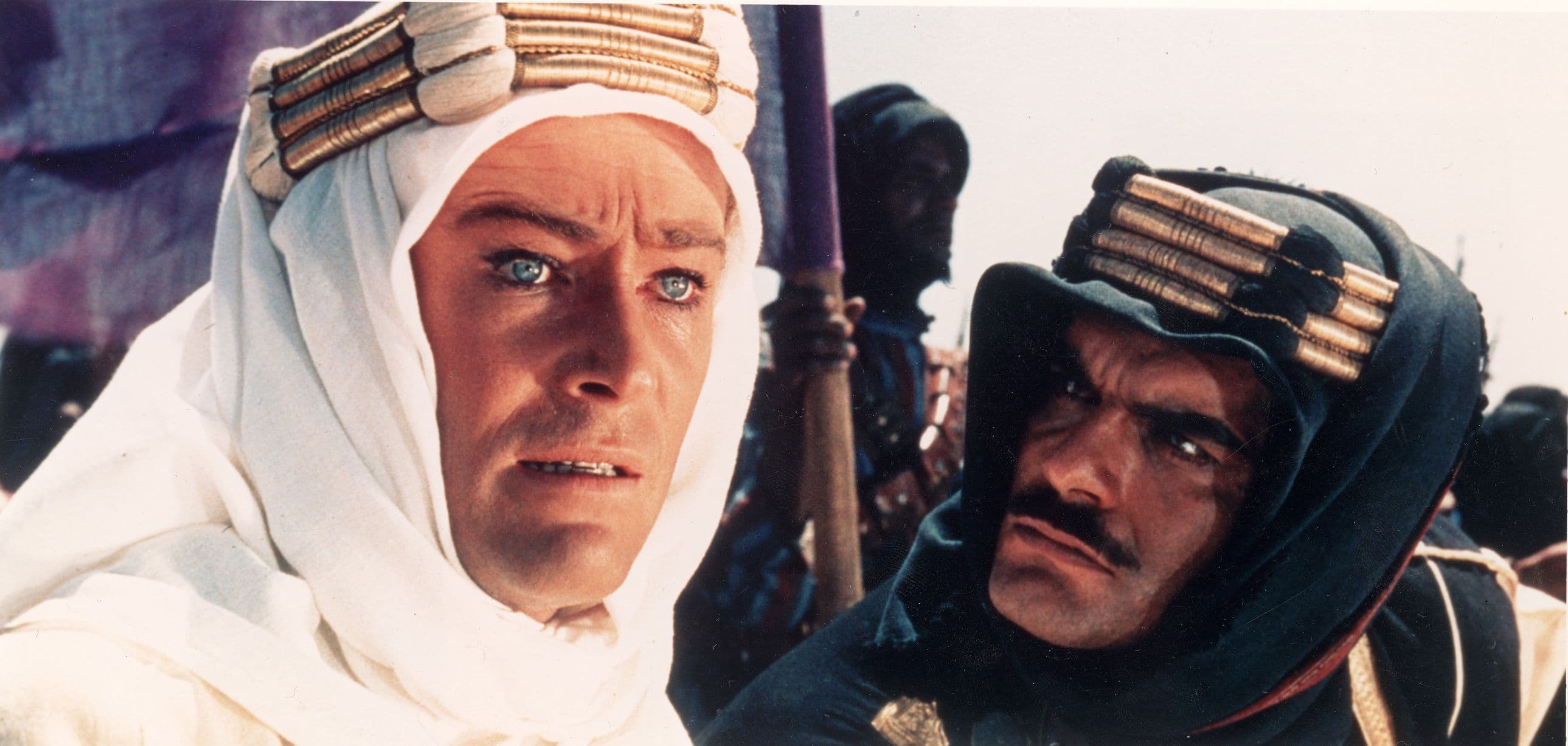
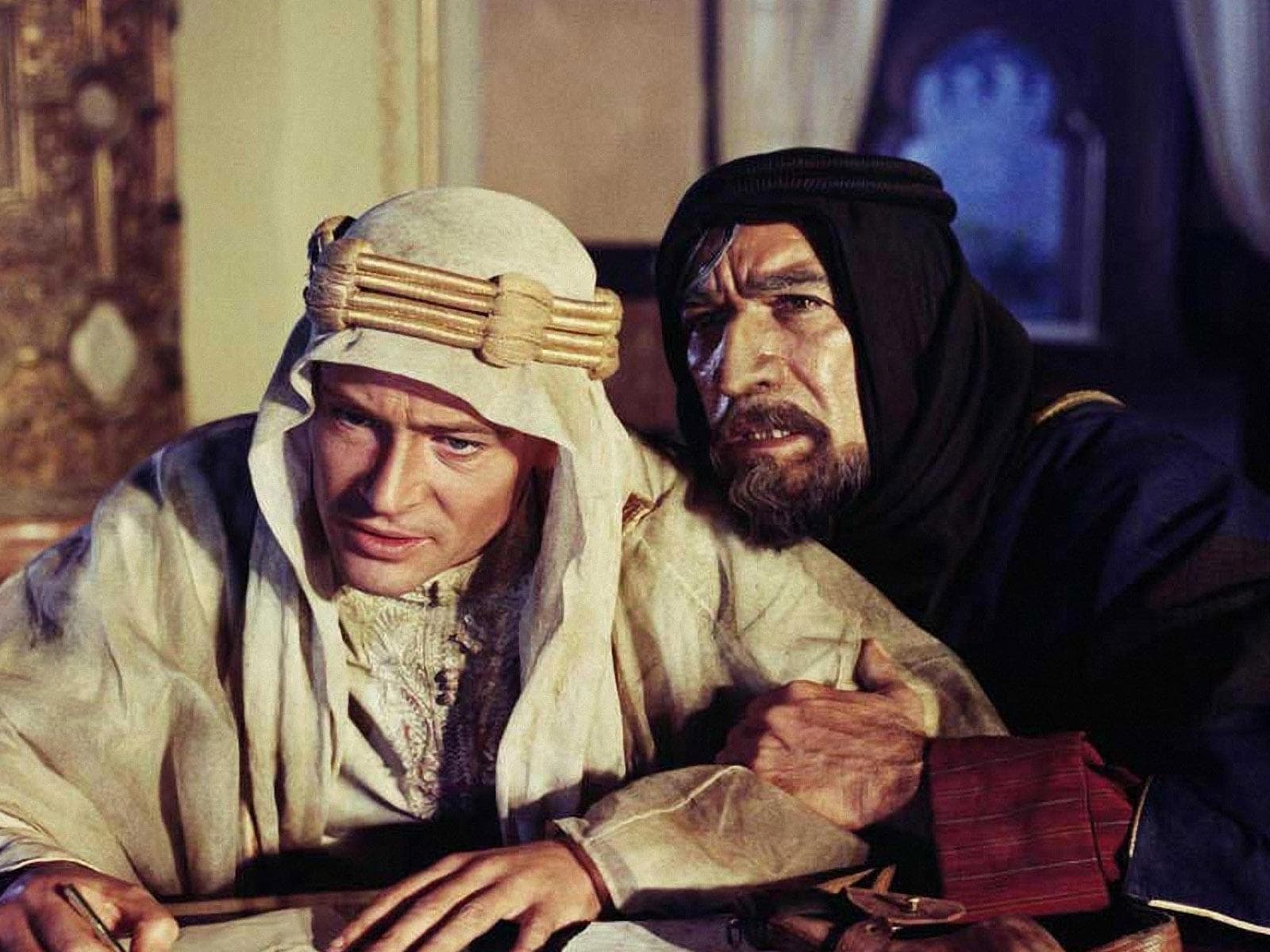
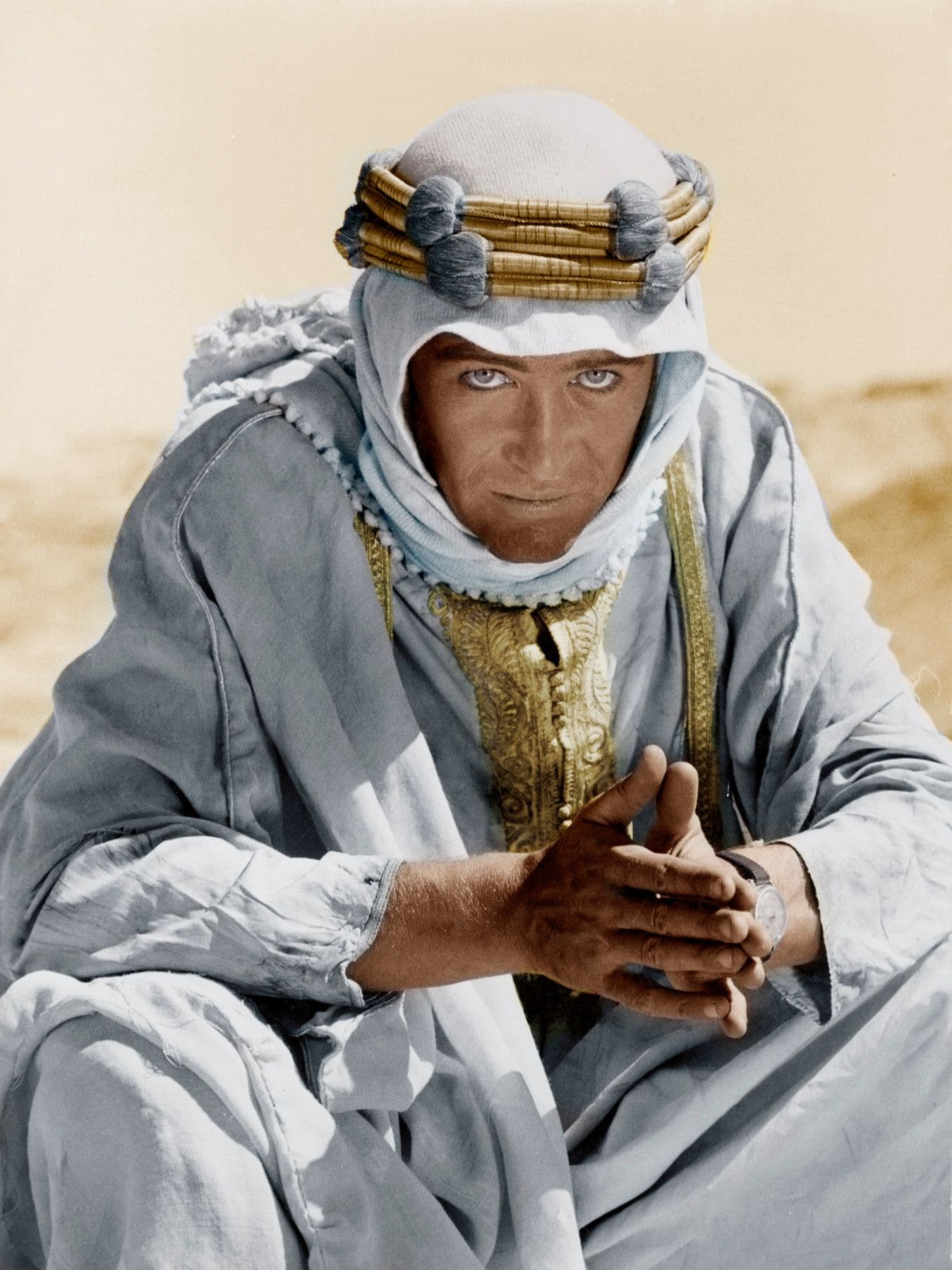
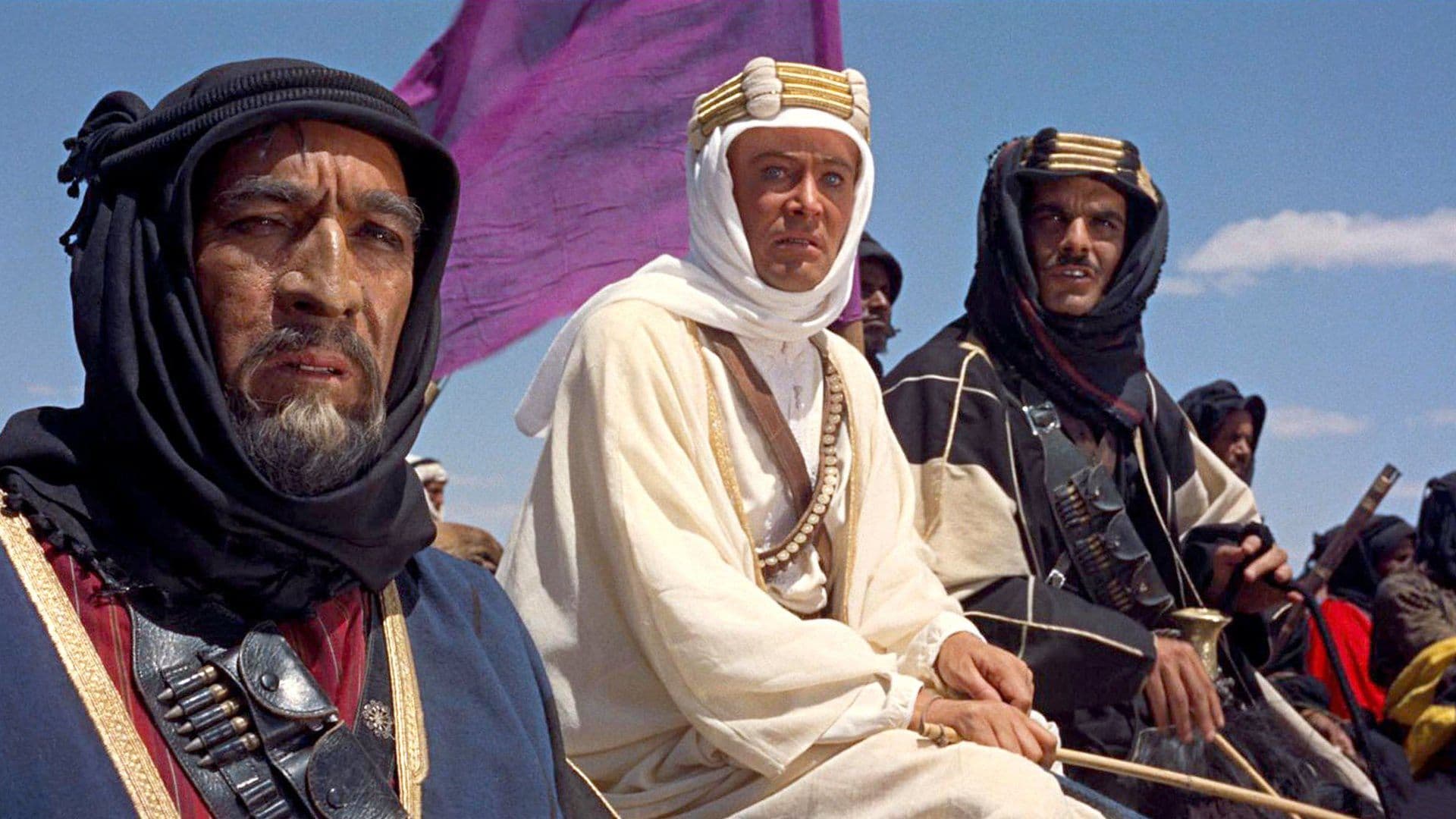
Comments
Loading comments...